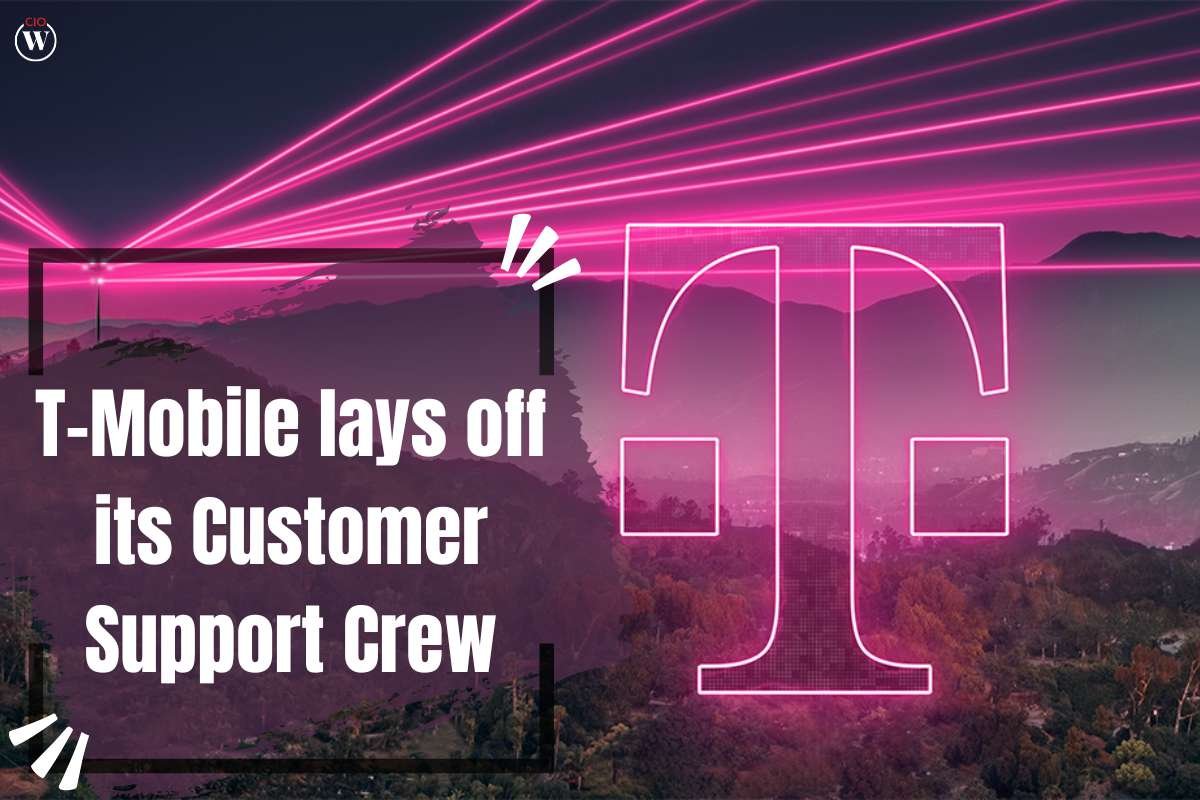Moving into a larger office or retail space can be a significant decision for any business. It requires a considerable investment of time, money, and resources. However, the decision to move into a larger space can also be a sign of growth and success for a business. So, how do you know if it’s the right time to move into a larger office or retail space? In this article, we will discuss the factors to consider when making this decision.
Here are some factors to consider when Moving into a larger office or retail space;
1. Assess Your Current Space
The first step in deciding whether to move into a larger space is to assess your current space. Do you feel cramped and cluttered in your current space? Are your employees struggling to work effectively in the space? Are customers complaining about a lack of space in your retail store? If the answer to any of these questions is yes, then it may be time to move into a larger space.
2. Consider Your Growth Projections
When Moving into a larger office or retail space, it’s essential to consider your growth projections. If you’re experiencing growth in your business, then you may need more space to accommodate additional employees or customers. If you’re forecasting growth in the coming years, it may be a good idea to move into a larger space now to avoid the need to move again in the future.
3. Evaluate Your Budget

Moving into a larger office or retail space is a significant investment. Before making any decision, it’s essential to evaluate your budget carefully. Consider the cost of the new space, including rent, utilities, and any renovations that may be necessary. You will also need to factor in the cost of moving, including hiring movers and updating your address with vendors and customers. If moving into a larger space is not financially feasible, it may be worth considering other options, such as rearranging your current space or subleasing additional space.
4. Assess Your Location
Location is a critical factor when considering Moving into a larger office or retail space. If your current location is essential to your business, then it may be challenging to move to a new area. However, if you’re not tied to a specific location, it may be worth exploring other areas that offer more affordable and larger spaces.
5. Consider the Impact on Your Employees
Moving into a larger office or retail space can have a significant impact on your employees. If your employees are used to working in a particular space, moving to a new location can be disruptive. Additionally, a longer commute or inconvenient location may negatively impact employee morale and productivity. Before making any decision, it’s essential to consider how your employees will be affected and communicate with them about any potential changes.
6. Assess Your Customer Base

If you’re moving into a larger retail space, it’s essential to consider the impact on your customer base. A larger space may attract more customers, but it may also make it more challenging for customers to find what they’re looking for. Additionally, if you’re moving to a new location, it’s important to ensure that your new location is easily accessible to your customers.
7. Evaluate the Competition
When considering moving into a larger space, it’s also essential to evaluate your competition. Is your competition located in the same area, and do they have a larger space than you? If so, moving into a larger space may be necessary to remain competitive. On the other hand, if your competition is not located in the same area, it may be worth exploring other options before making any significant investment.
8. Consider Your Long-Term Goals
Finally, it’s important to consider your long-term goals when deciding whether to move into a larger office or retail space. Moving into a larger space may be necessary to achieve your long-term goals, such as expanding your product or service offerings or increasing your customer base. However, it’s essential to ensure that moving into a larger space aligns with your long-term goals and is not just a short-term solution.
9. Alternatives to Moving into a Larger Space
If you’re considering moving into a larger office or retail space but don’t have the budget or resources to do so, there are other alternatives to consider. Here are some options to explore:
10. Redesign Your Current Space

If you’re feeling cramped in your current space, consider redesigning the layout to make better use of the available space. You may be surprised at how much more functional your space can become with a few changes to the layout.
11. Sublease Additional Space
If you need more space but can’t afford to move into a larger space, consider subleasing additional space from another business. This can be a cost-effective solution that allows you to expand your business without incurring significant expenses.
12. Embrace Remote Work
Remote work has become more prevalent over the past few years, and it can be a cost-effective solution for businesses that need more space. By allowing employees to work remotely, you can reduce the need for a larger office space and save on rent and utilities.
13. Use Shared Office Space
Shared office space is becoming increasingly popular, especially among startups and small businesses. Shared office spaces allow you to rent a desk or workspace in a larger office space, typically with other businesses. This can be a cost-effective solution that provides you with access to a larger space and additional resources.
FINAL THOUGHTS
Moving into a larger office or retail space can be a significant decision for any business. It’s essential to carefully evaluate your current space, growth projections, budget, location, and employee and customer needs before making any decision. If moving into a larger space is not financially feasible, there are other alternatives to consider, such as redesigning your current space, subleasing additional space, embracing remote work, or using shared office space. Ultimately, the decision to move into a larger space should align with your long-term goals and be a strategic investment in the growth and success of your business.









